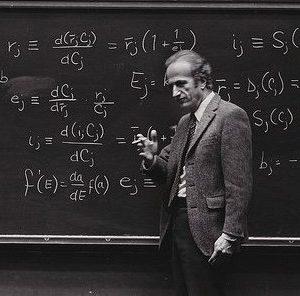- About
- Network
- Research Initiatives
- Big Data Initiative
- Chicago Experiments Initiative
- Health Economics Initiative
- Industrial Organization Initiative
- International Economics and Economic Geography Initiative
- Macroeconomic Research Initiative
- Political Economics Initiative
- Price Theory Initiative
- Public Economics Initiative
- Ronzetti Initiative for the Study of Labor Markets
- Socioeconomic Inequalities Initiative
- Research Initiatives
- Scholars
- Research
- The Social Construction of Race during ReconstructionAnjali Adukia, Richard Hornbeck, Daniel Keniston, and Benjamin LualdiDecisions Under Risk are Decisions Under Complexity: CommentDaniel Banki, Uri Simonsohn, Robert Walatka, and George WuBoosting Young Children’s Math Skill with Technology in the Home EnvironmentDaniela Bresciani Andaluz, Ariel Kalil, Haoxuan Liu, Susan E. Mayer, and Rohen Shah
- Events
Upcoming Events
- Insights
BFI Videos
BFI Youtube Channel
- News










